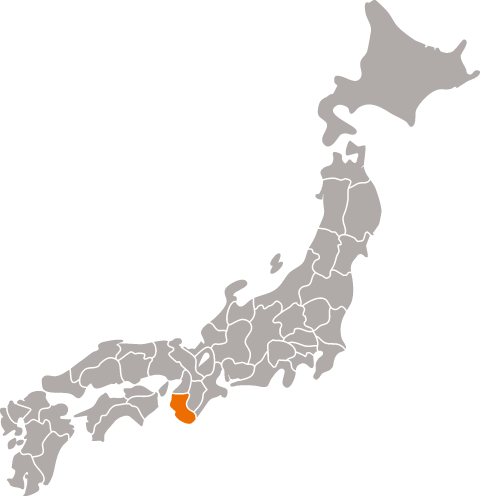Heiwa “Tsuruume” Ichigo
Wakayama prefecture
Strawberry love from Wakayama
This is a 40-to-60 ratio blend of “umeshu” (plum wine), made with Wakayama’s local Nankobai ume fruit, and natural strawberry juice. In addition to the mesmerizing natural color, the refreshing strawberry aroma and flavor will delight your senses, making it a fun aperitif or dessert, paired with chocolate, or poured on ice cream, shaved ice and yogurt. It’s also great in oolong tea or black tea.
Characteristics
| Brand | Heiwa |
| Brewery | Heiwa Brewing Company |
| Category | Other |
| Subcategory | Umeshu (Plum Wine), Flavored |
| Taste Profile | Rich & Sweet |
| Rice variety | N/A |
| Yeast variety | N/A |
| Alcohol | 10.00% |
| RPR | N/A |
| SMV | N/A |
| Acidity | N/A |
Serving Temperature

-
 Recommended
Recommended
-
 Not Recommended
Not Recommended
Region

Heiwa is made in Wakayama prefecture in the Kinki region.
Taste Metrics

Tasting Notes
-
Strawberry

-
Apricot

-
Apple

Recommended Pairing
-
Fruits

-
Aperitif


Heiwa Brewing Company
A sake-loving gentleman married into the Yamamoto family and established the brewery in 1928, on what was originally temple grounds. After the hiatus during World War II, the company was renamed Heiwa, meaning peace and harmony. When the current fourth-generation owner, Norimasa Yamamoto, came back...
Learn moreCustomer reviews
Tippsy Sake Club
Our sommelier will recommend sake according to your taste when you join Tippsy Sake Club. Also enjoy:
- Members-only prices
- Discounted shipping
- An exclusive sake cup with your first club order
- and more!
All about sake
-
 Introduction
Introduction
Welcome To Your Sake Journey!
-
 Lesson 1
Lesson 1
What Is Sake?
-
 Lesson 2
Lesson 2
What Is Sake Made of and How Is It Made?
-
 Lesson 3
Lesson 3
What Is Rice Polishing Ratio?
-
 Lesson 4
Lesson 4
Types of Sake
-
 Lesson 5
Lesson 5
How To Store Sake
-
 Lesson 6
Lesson 6
How To Drink and Serve Sake
-
 Lesson 7
Lesson 7
Food Pairing Guide
-
 Lesson 8
Lesson 8
Best Sake Bottles and Brands for Beginners



